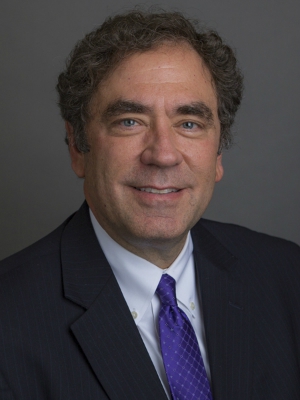The Tenth Circuit issued a great case recently, Weber v. GE Group Life Ass. Co., 541 F.3d. 1002 (2008). Shelley Weber’s employer offered life insurance to its employees. Shelley signed up for the insurance in March of 2003 and listed her husband as the beneficiary of the policy. The policy required that Shelley be "actively at work" on May 1, 2003, in order to qualify for coverage. Shelley had been working at the job for several months but her last day was May 16, 2003. She passed away in September, 2003, and her husband, Larry, submitted a claim on the policy.
The insurer investigated the claim because it was concerned that Shelley had not satisfied the "actively at work" requirement. Shelley’s work records showed that she had worked less than 30 hours a week from May 1st to the 16th. The insurer denied the claim and Larry Weber brought suit in federal district court.
The district court ruled in Weber’s favor, determined that Shelley was actively at work as in the two week period after May 1st and before her last day at work. The trial court also ruled that the insurer could have made the language in its policy more clear about the need to work as a full time employee after May 1, 2003, if that had been the intent of the insurer. But the language of the policy wasn’t that clear. The insurer appealed and the Tenth Circuit affirmed the trial court ruling.
There are a number of aspects to the decision worth looking at. The opinion makes clear that the Tenth Circuit doesn’t view the standard of review analysis of MetLife v. Glenn, 128 S.Ct. 2343 (2008), as modifying in a significant way the sliding scale analysis that pre-existed Glenn in the Tenth Circuit. The court uses a four factor analysis to evaluate whether the insurer’s denial was arbitrary and capricious. It reviews whether the decision, 1) was the result of a reasoned and principled process, 2) is consistent with any prior interpretations by the plan administrator, 3) is reasonable in light of any external standards, and 4) is consistent with the purposes of the plan.
First, the Tenth Circuit determined that Shelley had regularly worked a 40 hour work week before May 1st. Her employer’s time records made that clear. And the court felt that was the critical time frame to focus on rather than the lower number of hours Shelley worked after May 1st. The payroll records also made clear that from May 1st to the 16th Shelley was an active, full-time employee despite her sick leave and reduced hours worked. The insurer’s refusal to give effect to the language of the insurance policy was arbitrary and capricious.
Like the trial court, the Tenth Circuit faulted the insurer for not drafting its policy to more specifically and clearly convey the meaning the insurer urged the court to adopt. The decision reiterates the need for ERISA plan administrators and insurers to draft their plan documents and policies in a way that alerts employees to significant limitations in their insurance policies.
Another aspect of the decision that is interesting is the Court’s discussion of when remand to the district court, as opposed to simply awarding benefits, is appropriate where the appeal court reverses a denial of benefits. Quoting Flinders v. Workforce Stabilization Plan of Phillips Petroleum Co., 491 F.3d 1180, 1194 (10th Cir. 2007), the decision states the "where the ‘administrator failed to make adequate factual findings or failed to adequately explain the grounds for the decision, then the proper remedy is to remand the case . . . In contrast, if the evidence in the record clearly shows that the claimant is entitled to benefits, an order awarding such benefits is appropriate.’" Given its ruling about the policy language, the court held that Weber was clearly entitled to benefits.
A final aspect of the ruling that is noteworthy is its discussion about prejudgment interest. The trial court ordered prejudgment interest at the rate of 15% based on Oklahoma statute. The insurer argued that such a high award was improperly punitive and couldn’t be sustained. However, the court notes that the amount of prejudgment interest is left to the sound discretion of the trial court. In this case, the 15% interest rate was specifically provided for by the Oklahoma insurance code. Citing cases from other jurisdictions providing prejudgment interest at rates from 12% to 18%, the court affirmed the application of the 15% prejudgment interest award as not being an abuse of the trial court's discretion.
Post A Comment
Articles
- Posted on 09/24/2010 Testimony of Judge William Acker Before Senate Finance Committee
- Posted on 09/18/2010 DeBofsky Senate Testimony
- Posted on 01/05/2010 Preliminary Injunction in C/HCA, et. al., v. Regence Blue Cross Blue Shield of Utah
News
- Posted on 10/05/2005 Welcome to the Website of Brian S. King
- Posted on 10/05/2005 Visit Healthcare Recovery Solutions Online
